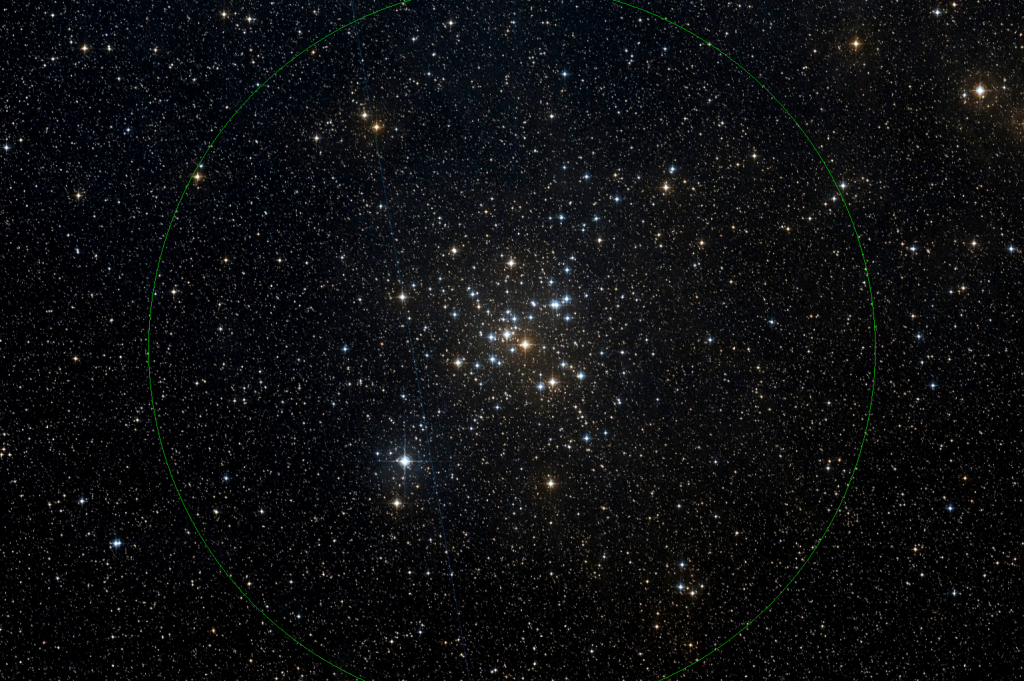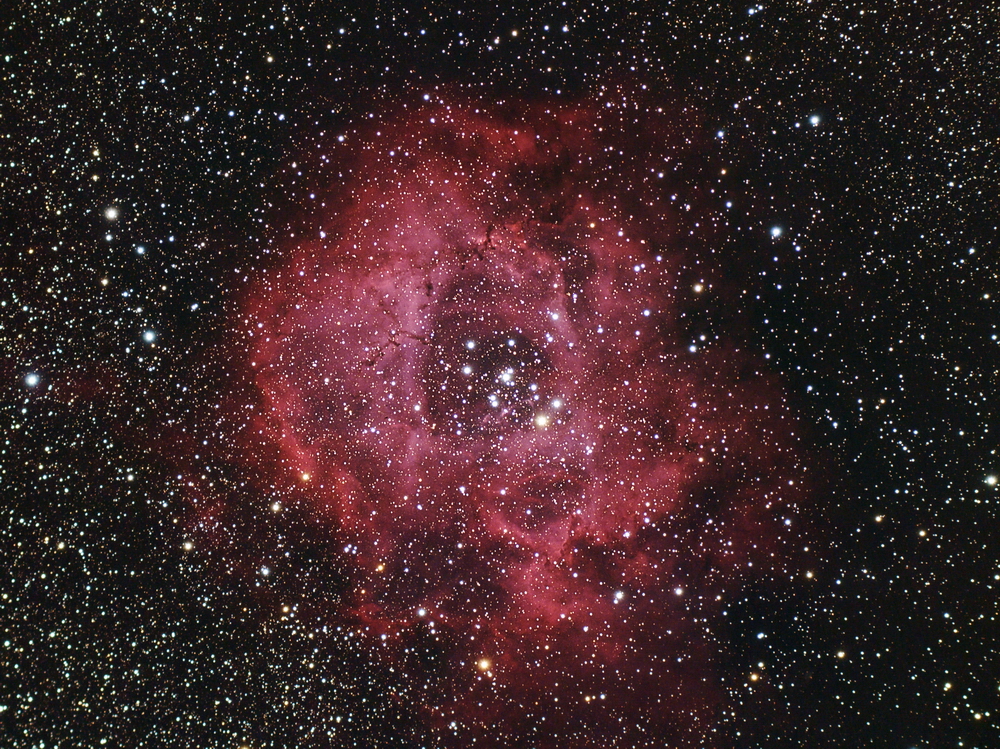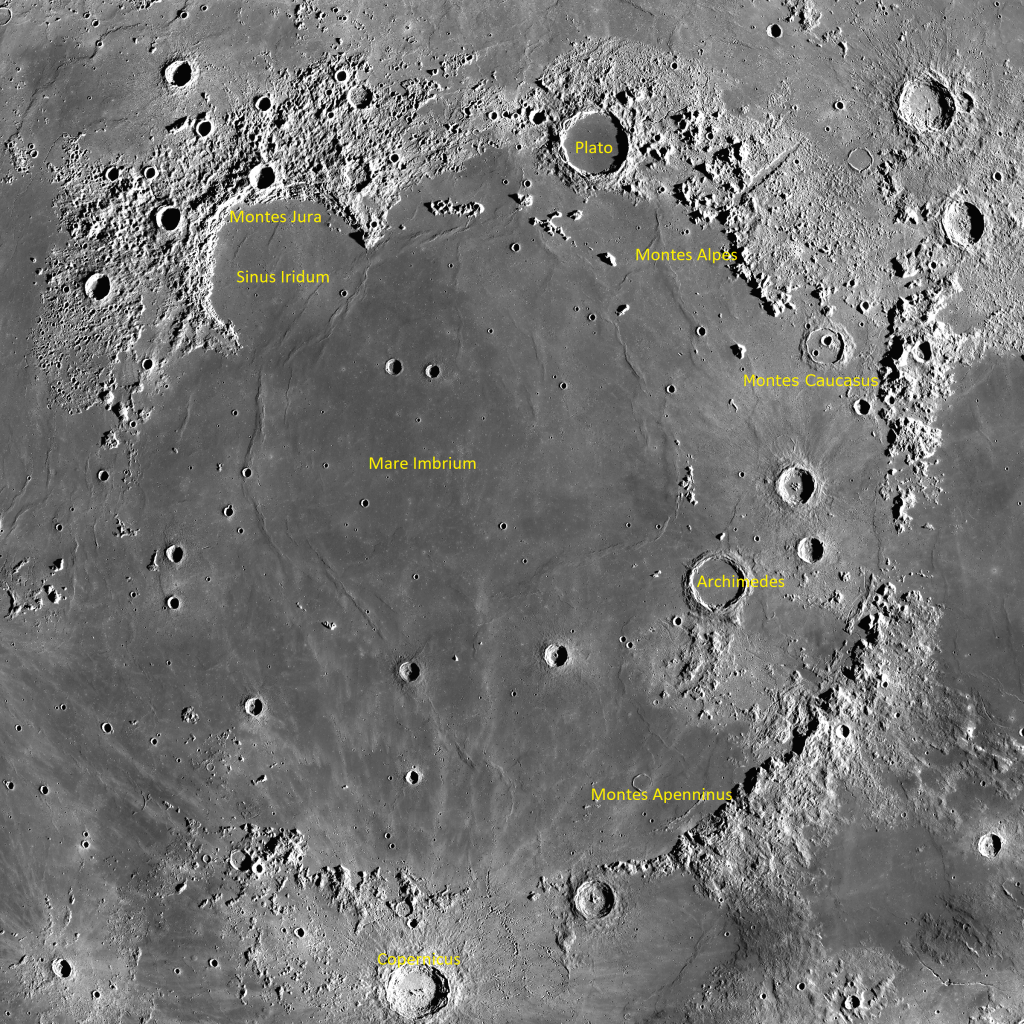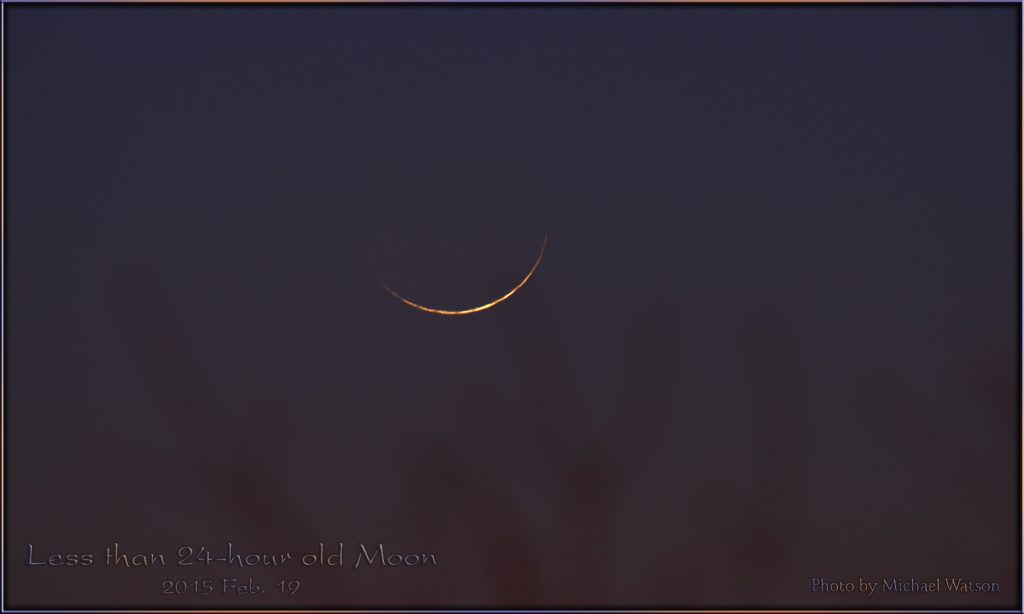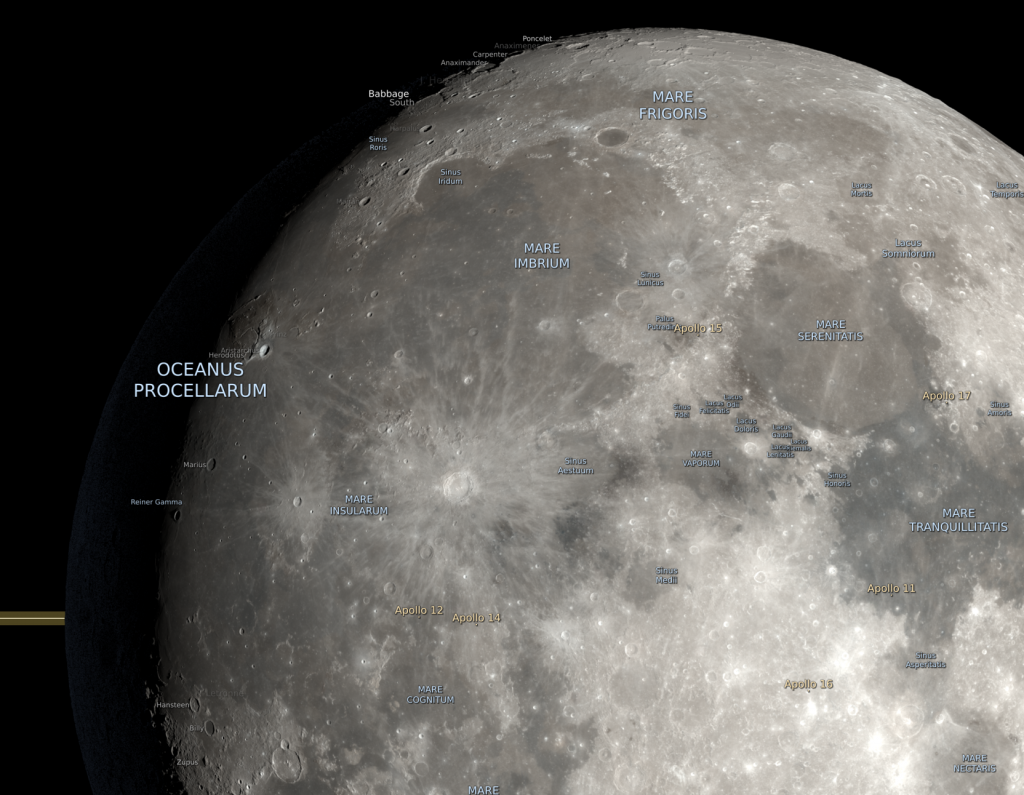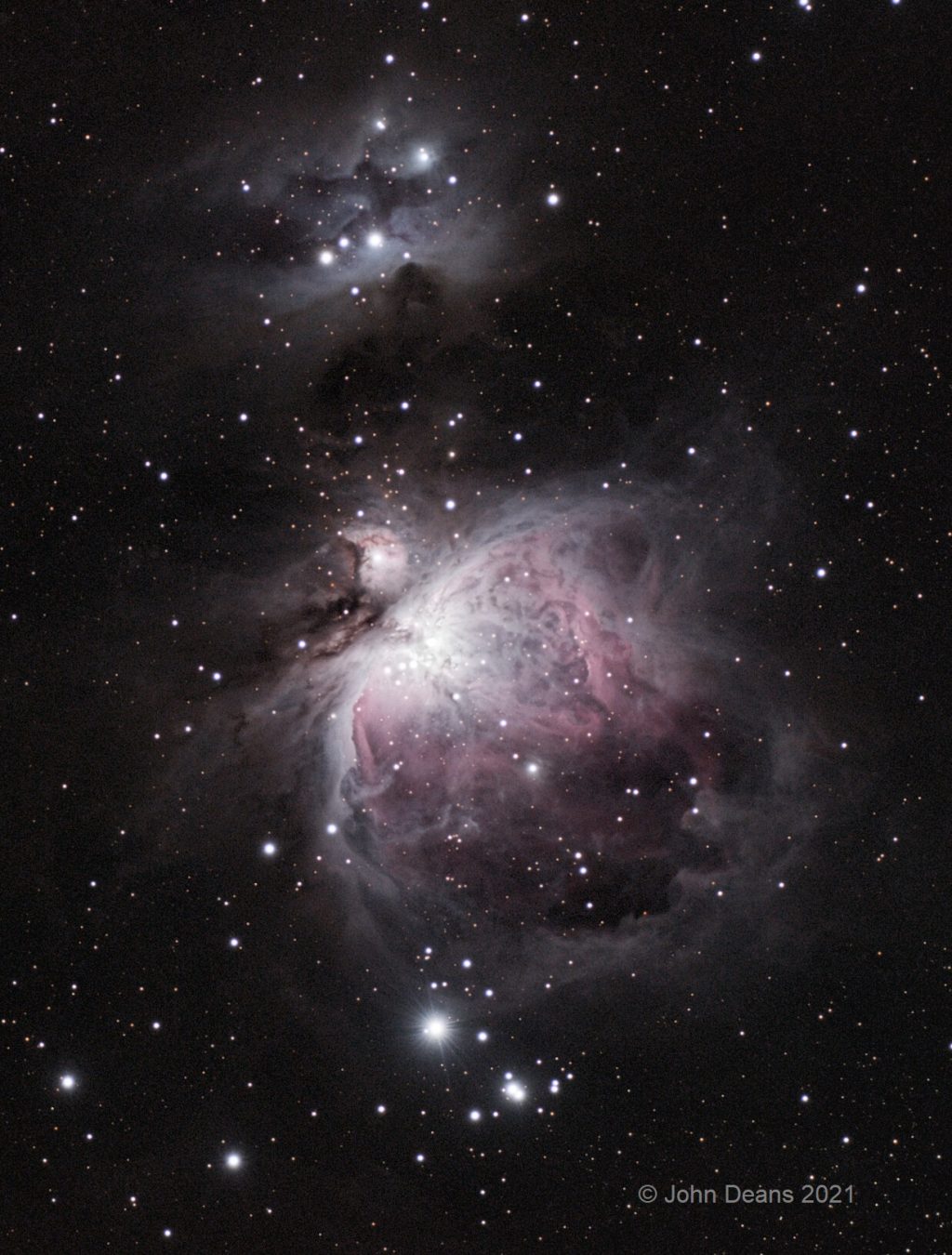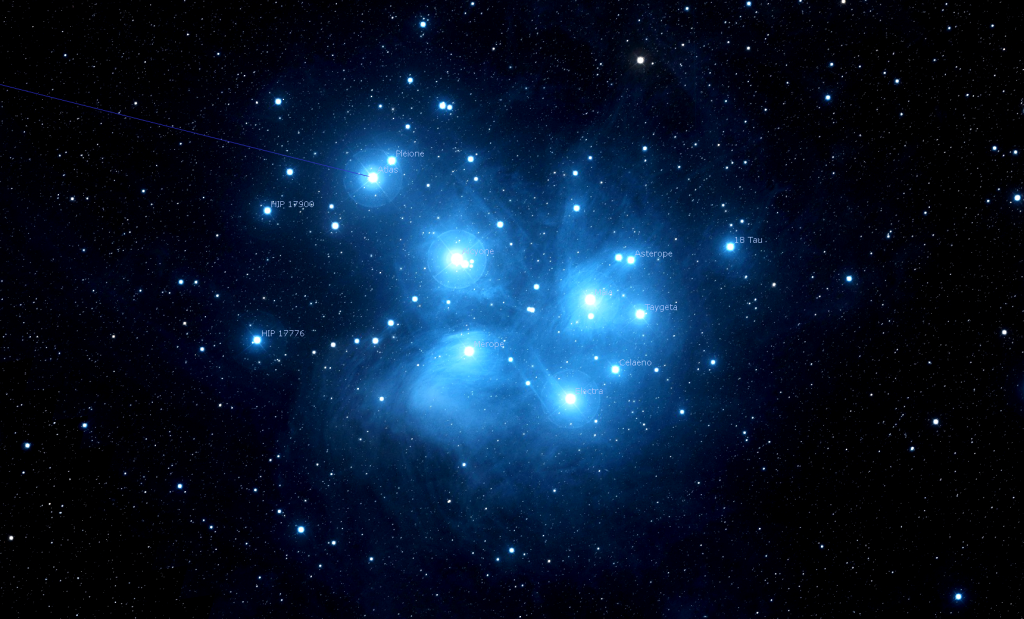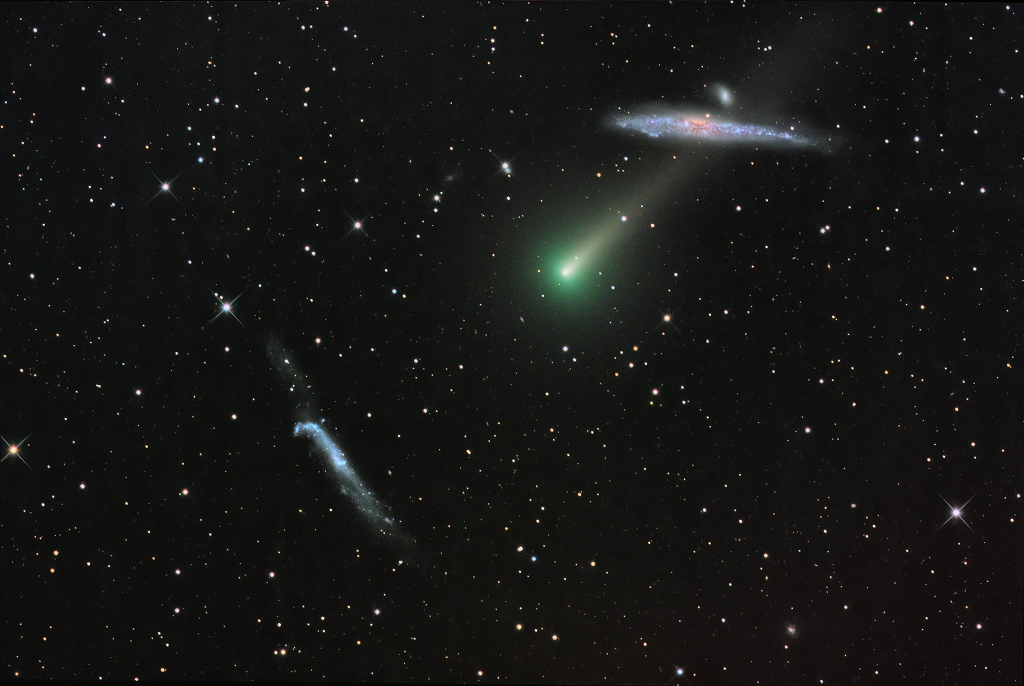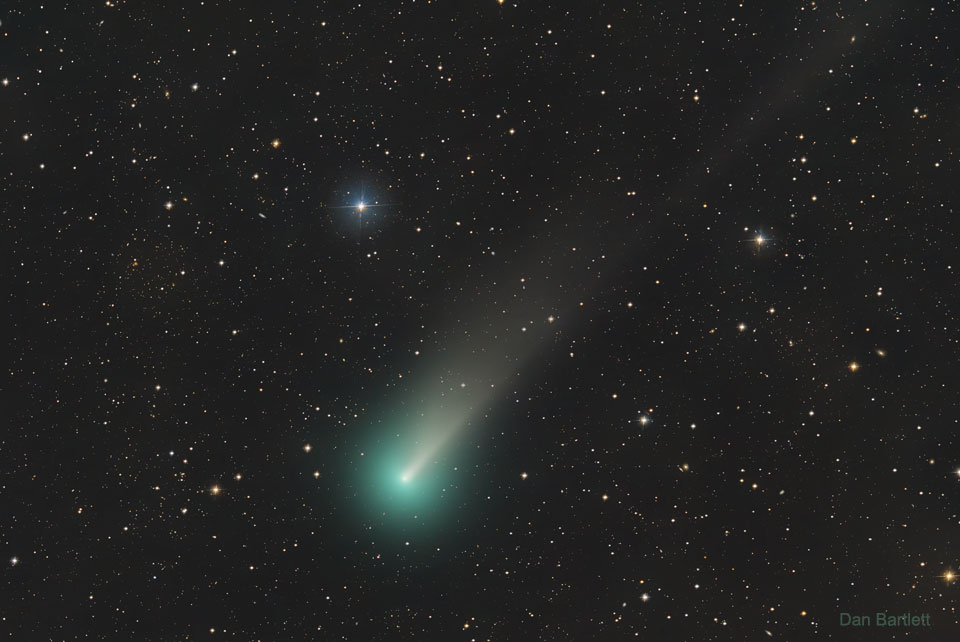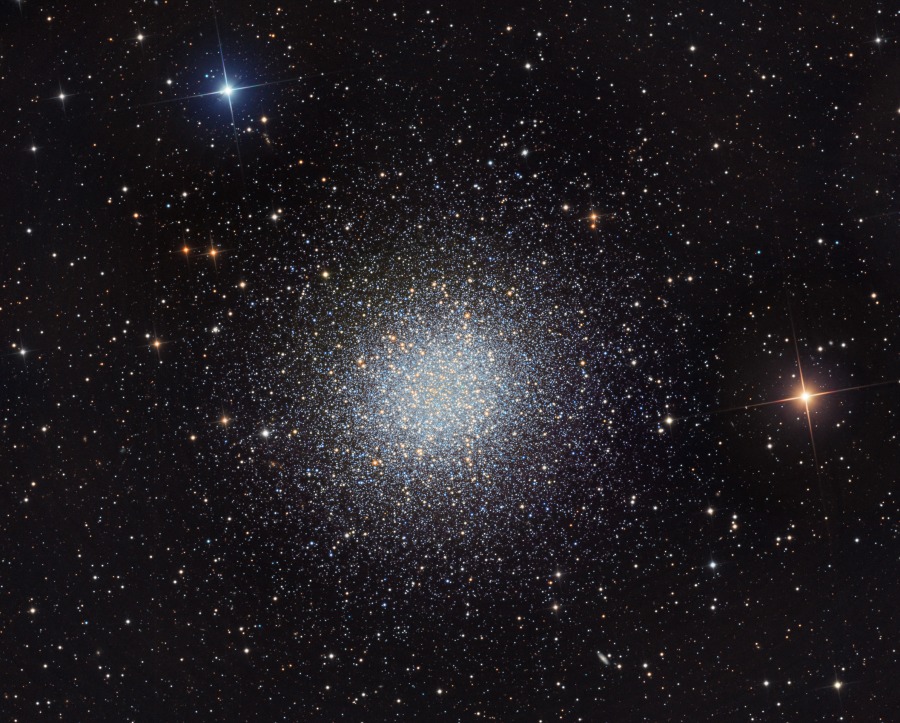Waning Luna Passes Pretty Planets in Morning, Vesta Visits Mars, and Walking the Dog!
This north-up image of the Little Beehive Cluster, Messier 41 in Canis Major, shows the hot blue and cooler golden stars. It covers a thumb’s width of sky, measuring top to bottom. The green circle represents the field of view in a telescope at low magnification, 1.5 degrees. Hello, Winter Astronomers! Here are your Astronomy…
Read more
